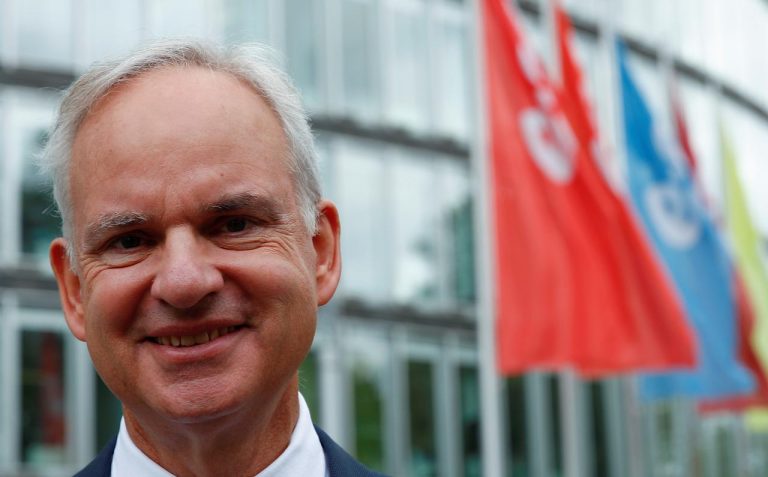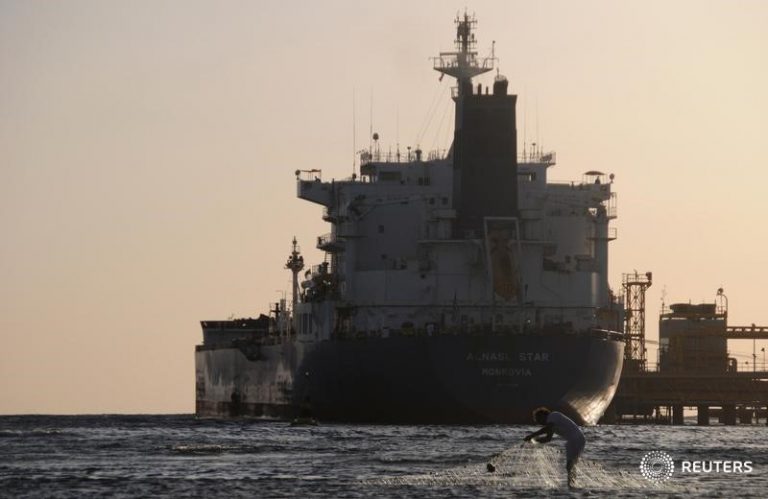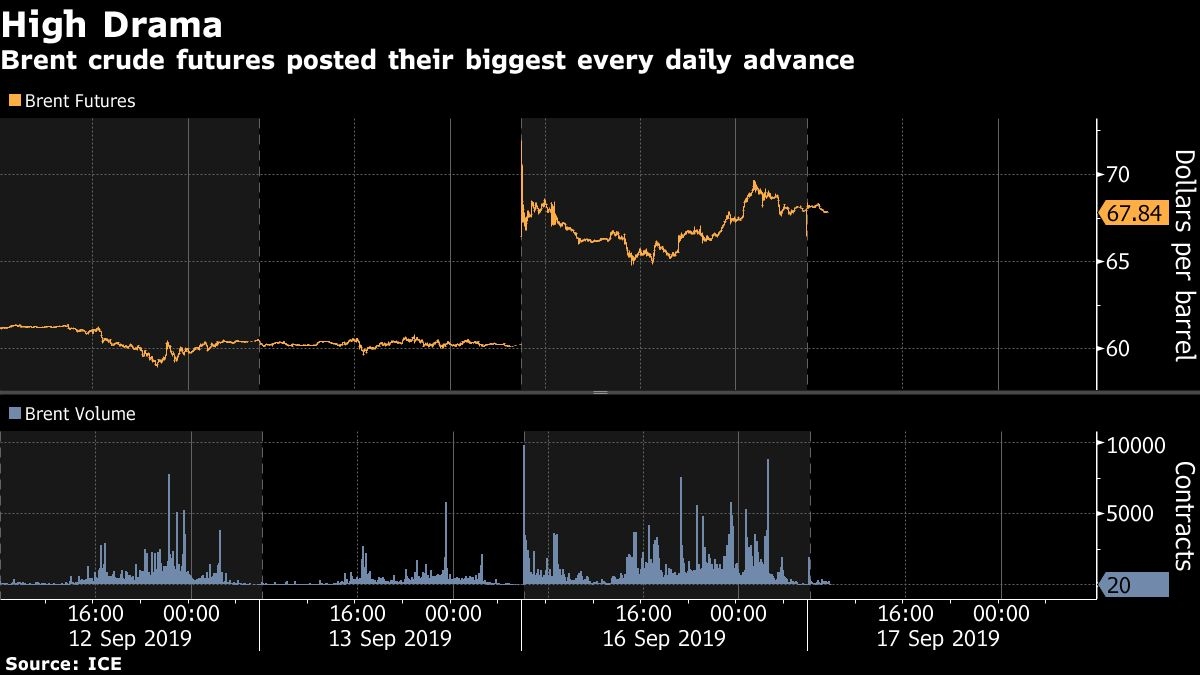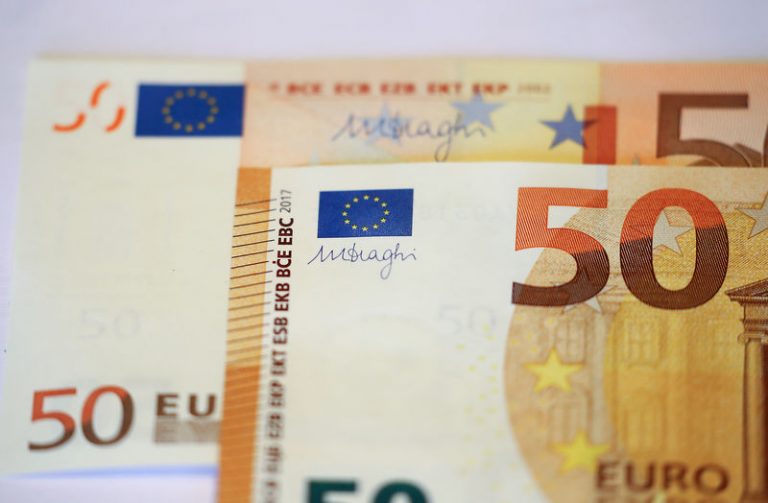Exxon Mobil, Shell among groups picked to build 5 Pakistan LNG terminals
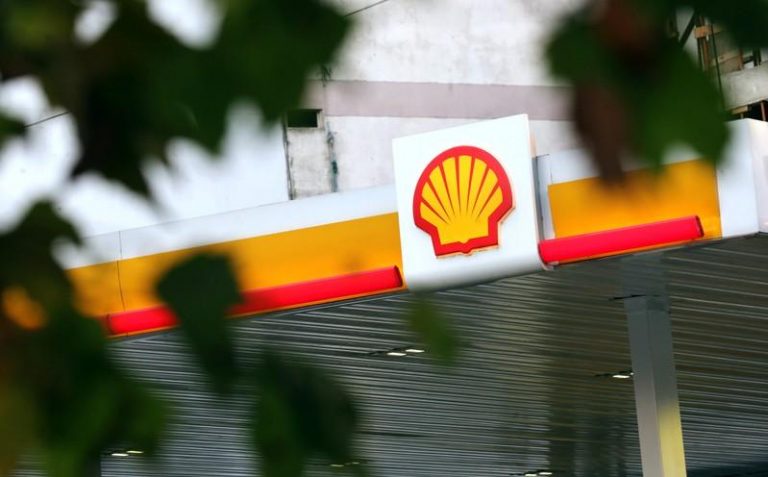
Pakistan has selected groups that include Exxon Mobil Corp and Royal Dutch Shell to build five liquefied natural gas (LNG) terminals as it aims to triple imports and ease gas shortages. The terminals could be in operation within two to three years, Omar Ayub Khan, Pakistan’s minister of power and petroleum, said in an interview on Friday.
Pakistan is chronically short of gas for power production and to supply manufacturers such as fertilizer makers, hobbling the country’s economy.
“It will make a significant dent in the gas shortage,” Khan said.
The groups selected to build terminals are Tabeer Energy, a unit of Mitsubishi Corp; Exxon and Energas; Trafigura Group and Pakistan GasPort; Shell and Engro Corp; and Gunvor Group and Fatima.
It was not immediately clear if the companies involved had made final investment decisions to proceed.
The five must submit plan details to the ministry of ports and shipping by Nov. 5 for approval, but cabinet has already approved them, Khan said.
Pakistan’s two LNG terminals currently have 1.2 billion cubic feet per day of capacity, and a third expected to come on line next year will add 600 million cubic feet per day, Khan said.
The country has sought bids for a 10-year LNG supply tender for the current terminals and the results will be announced in two to three weeks, Khan said.
It was unclear what capacity the five new terminals will have, but Khan said they could collectively triple Pakistan’s LNG import capacity.
The arrests this summer of two LNG industry executives by the National Accountability Bureau raised some concerns about the risks of investing in Pakistan.
But Khan said the interest of five investment groups speaks for itself.
“That is a ringing endorsement that (Pakistan’s) policies are clear and transparent,” he said. “It’s a competitive market.”
The cost of building the terminals and finding buyers for the gas will be up to the groups, and they will pay Pakistan a royalty based on volume, Khan said.
Pakistan’s contribution will be funding construction of a $2 billion north-south pipeline to distribute the gas, and storage facilities, he said.
Pakistan’s fertilizer industry has coped in the past year with a steep increase in government-set natural gas prices, Sher Shah Malik, executive director of Fertilizer Manufacturers of Pakistan Advisory Council, said in an interview on Thursday.
Gas is the main ingredient in production of urea fertilizer.
Two of Pakistan’s urea plants lack gas to run regularly, and one closed last year, forcing Pakistan to import fertilizer.
Since LNG is often too expensive for making fertilizer, the government should also expand domestic gas exploration before reserves are depleted, Malik said.
“We are heading for very difficult times,” he said. “If nothing happens, we’ll be high and dry.”
Source: Reuters (Reporting by Rod Nickel in Islamabad; additional reporting by Sabina Zawadzki in London; editing by Tom Hogue and Jason Neely)
